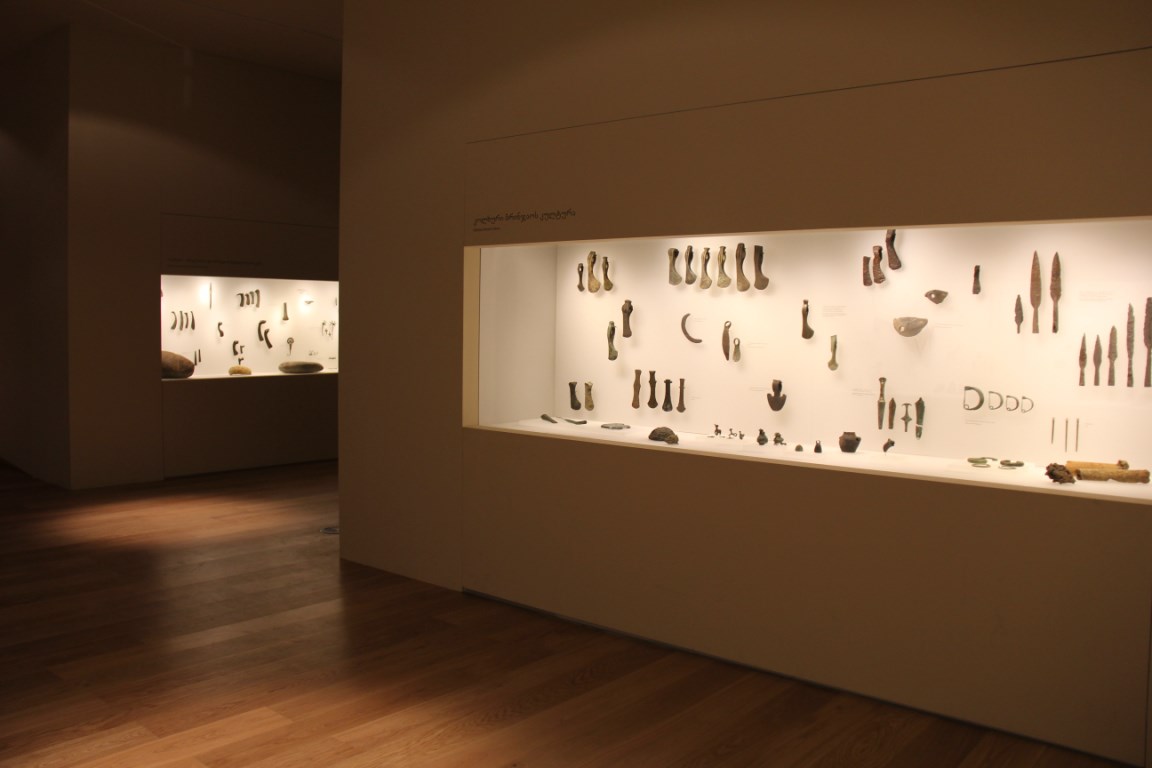Head up to Mestia this weekend for the Svanetoba on July 29! Find out more below.
BLOG
One of the meanings of Georgian words ending in “oba” is a day dedicated to the bit which comes before that ending: these are typically festivals for people or places. So, Tbilisoba; Mtskhetaoba; Maryamoba; and so on. A new one for me was this year’s Svanetoba, though it was actually founded (entirely unknown to me) last year, when my wife and I were in Canada.
Svanetoba seems to be patterned somewhat after the huge annual autumn Tbilisoba, which features the best of fall produce from all over the country on stalls in the capital, as well as visual and performing arts displays and events. My wife and I drove to Mestia, regional capital, on midday of July 29 (the day after the much older, better known Kvirikoba church festival), did some necessary shopping, and went to check out the stalls.
Every village or recognized group of villages was represented by a separate table, with its own sign, unique foods and drinks, and handicrafts. Although the set of dishes known particularly to be Svan is quite limited, here were displayed many variations. Sculptures made of cheese. Different cheeses special to their locations. Changes on khachapuri, Georgian cheese bread; on k’ubdari, the local meat pie. Whole roast piglets. Sausages and corn breads; delicious vegetable pates; araqi, the local moonshine. We were allowed to sample everything as of 3pm, and this turned out to be a much more civilized occasion than the mad rush I was fearing. The large crowds behaved themselves.
More. Carved wooden items: I here first had the idea of turning the miniature Svan tower ornament into a set of earrings, either of wood or the minutely detailed, ancient enamel at which Georgians are expert. Everything right up to whole sets of furniture, carved all over with abstract or scenic details in relief.
Felt pictures, made using different colors of the material to make landscapes, especially mountains and towers. The traditional men’s skull cap, from wearable sizes down to dolls’ versions. Needlepoint, drawing, painting.

This was all just the stalls. A large stage was also set up, and here, mid-afternoon, the internationally famous Riho men’s choir opened proceedings with several well know songs in Svan. They were followed by local song, dance and music groups from all over the region, crowned by the national Erisioni and Sukhishvili folk singing and dancing groups, also very popular around the world. It went on well into the night, past when we could stay.
Apparently, Idliani won the stalls competition, a less well-known village, one to which I have never even been. I was delighted that the prize went to such a place, demonstrating that the field was wide open to all. The event was a great display of how varied life and culture are in Svaneti from place to place; there are even four distinct dialects of Svan spoken here, with eighteen vowels among them, compared just five vowels for Georgian itself.
There has very occasionally been an Ushguloba festival too, celebrating all things especially of Ushguli; but not in the nearly two decades I have been in Georgia. However, 2018 sees the 60th anniversary of the opening of the school in that village, which is certainly a reason to celebrate, and one really hopes that this will be done. I taught English in that school in the winters of 2007-8 and 2008-9, at the villagers’ request, and will never forget those months. The 50th anniversary came and went without event, so this time we really must make the effort!
Blog and photos by Tony Hanmer
Tony Hanmer has lived in Georgia since 1999, in Svaneti since 2007, and been a weekly writer for GT since early 2011. He runs the “Svaneti Renaissance” Facebook group, now with nearly 1500 members, at www.facebook.com/groups/SvanetiRenaissance/
